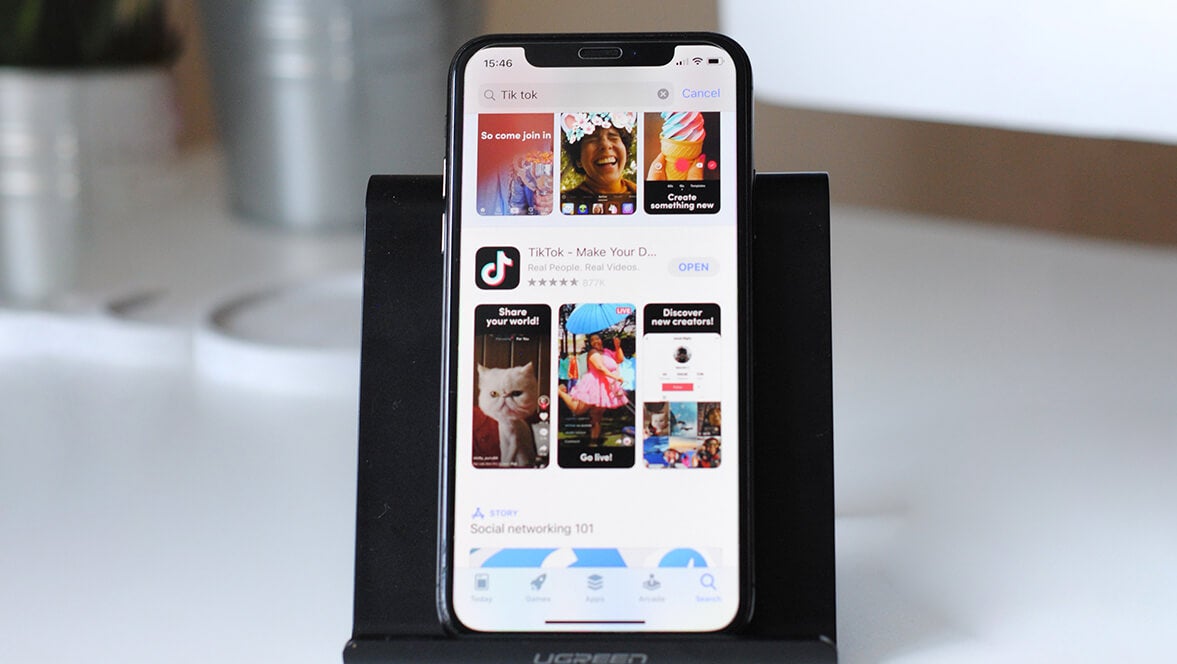
We’re already shopping online, but what is the potential for e-commerce on video apps like TikTok? Kyle van Rooi, Senior PPC Campaign Manager for iProspect, answers a few questions
Q: Given TikTok, Instagram and Triller are popular social media platforms, are marketing experts correct in believing that these applications could be expanded to include e-commerce?
Kyle Van Rooi (KVR): Yes. In fact, these social platforms are already focused on e-commerce – whether through video or static images. For example, YouTube offers the option to showcase your products next to your video ad, and so does Facebook, with the option to see your creative insights based on your video creative itself. You can now see how it compares to similar advertisers and whether it’s your targeting or your creative that’s performing or underperforming.
Certain apps on Facebook already allow users to buy without exiting the Facebook app or website using payment gateways like PayPal, which supports the integration. The PayPal app as well as Facebook have data which can be pre-filled into the required fields, making the buying process almost instant and seamless.
Q: How can short-form video be monetised on social media apps that support video?
KVR: There are [a number] organic ways video reaches your audience, for example when a brand uses influencers on social platforms who already have a following. You can also tag the brand you’re representing. In the future, we could see influencers or content creators tag the specific product rather than the brand, or even both.
With the use of targeting tracking, affiliates and influencers could be paid for sales directly related to their content and gain a percentage of the sale or get a one-off incentive.
Q: Currently, products sold online are advertised using static images. How will video enhance the user experience?
KVR: Most platforms and online retailers include images of their products. However, more of them are moving towards video content as the product description to give the potential customer a more visual idea of what they’re buying and can expect from the product. Since there are no feel aspects to the product, demonstration videos (manufacturer) or unpack videos (Influencer/fan) are often preferred. This will immediately cause the potential buyer to make a more informed decision, and sellers will benefit from fewer returned products and refunds.
Q: What types of technology (AI, analytics, data) do you think will be used to drive purchases on video-format platforms?
KVR: Analytics data has always been well received, as it shows marketers and entrepreneurs who their ideal customer is, what the customers don’t like as well as a wealth of other information that helps bring about a better user experience. Likewise, retailers will use this data to better show ads and promote content for the audience they are targeting.
Q: In your opinion, what is the greatest challenge facing the roll-out of e-commerce on platforms such as TikTok and Instagram in Africa?
KVR: Technology and developers are key factors to driving business performance for almost any company today. For the dream of an e-commerce world to be possible, it is absolutely crucial for developers, entrepreneurs and marketers to align. The biggest challenge, ultimately, lies with developers within these organisations not having capacity, and businesses not seeing much value in creating these services in Africa, as it’s not a priority right now.

